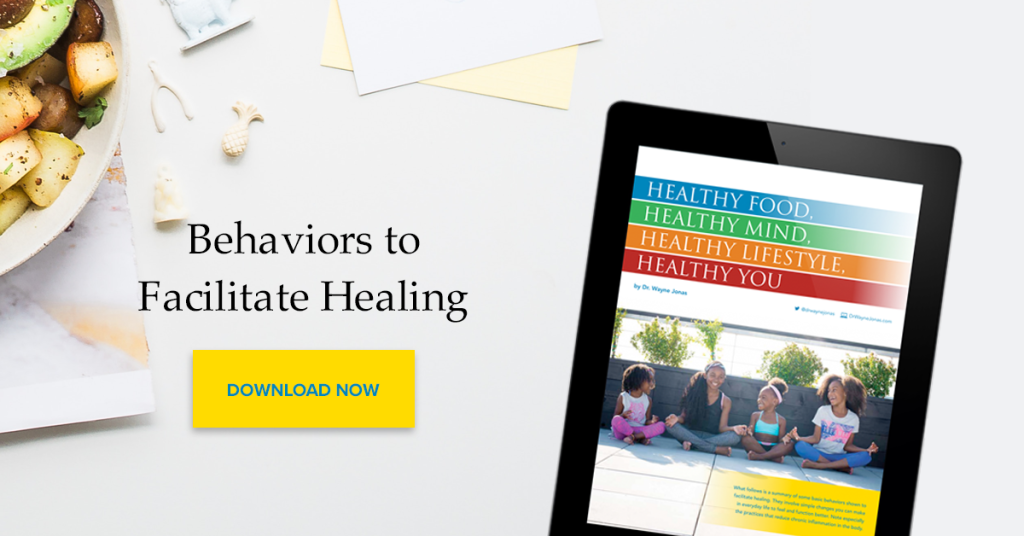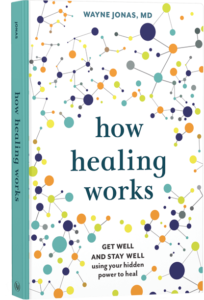Modern medicine, which is so powerful in treating acute disease, is missing nearly 80 percent of what contributes to healing for patients with complex, multi-factorial, chronic disease. Drugs do not heal these patients. The inherent healing capacity in each of us will produce most of their healing. But can providers and patients alike work together to tap into that healing capacity?
This week I think it is important to share with you, the patient, the guidance I—and the entire integrative health community—offer physicians to aid them in our collective quest to help people heal using the immense power of the placebo.
As previously discussed, the placebo and the placebo effect is better defined as the meaning response because that response is really about healing, and the use of placebos or inert substances in research is of value only to help doctors and all medical providers learn how to heal, not what to heal.
And while we understand the tremendous influence culture and context can have on our ability as providers to trigger a patient’s inherent ability to heal and recover, it is equally as important to shed light on some simple ways we suggest any medical provider or physician approach the use of placebo-centered treatments. That way you can understand how to enhance your relationship with your integrative physician or seek a new provider who implements the following practices in regard to placebo.
Here are seven easy ways, from a physician’s perspective, to harness the power of the placebo every day and enhance the ever-important meaning response.
1. Inform the patient about what he/she/they can expect and use positive messages.
Patients who are better informed about their treatment and who receive positive messages about what to expect, heal more. Let the patient know the intention of the treatment effects.
2. Listen and provide empathy and understanding.
Listen to the patient and respond in a way that enhances the therapeutic effect through positive messages based on the patient’s expectations. When possible, touch the patient with empathy and reassurance.
3. Be warm and caring when delivering treatment.
Use a calm tone of voice, look at the patient and touch him/her/them.
4. Be confident and credible when delivering treatment.
Present the treatment in a way that shows your confidence in its power to heal. Understand the treatment’s mechanism of action, ensure that credible science supports it and explain how it works to the patient.

5. Incorporate reassurance, relaxation, suggestion, and anxiety-reduction methods.
For example, a smile, a touch or an expression of caring can provide reassurance and induce relaxation. Frame the goals of treatment in positive language (how much improvement the patient can expect) rather than negative language (chance of not working).
6. Deliver a safe and easy-to-use conditioned stimulus along with the therapy.
The repeated ritual of treatment (taking a pill each day), preparing special food and linking treatment to smell or light exposure are examples.
7. Align all beliefs
Align your beliefs with those of the patient, his/her family, and the culture.
The use of research-based knowledge on placebo to achieve the meaning response should not be deceptive. The ritual of the clinical encounter and an explanation about how the treatment works in the context of a trusting physician-patient relationship is a powerful clinical tool—and is, in fact, an ethical way to use the power of the placebo response.
Most of these ways to harness the power of placebo to enhance healing involves the skill in the clinical encounter and the physician’s manner and behavior. Many are easy to do and don’t take extra time.
In my own practice, I saw that a patient’s response to my treatments was often significantly affected by how I delivered it to them. Sometimes even subtle inflections in my voice—or the expression in my eyes—while delivering the diagnosis and therapy could launch a patient either on a path toward healing or a spiral of despair and a worsening of the condition.
It is because of this that I think sharing this information, the instruction and suggestions we provide other integrative health providers is so vital. If even one patient can leverage this knowledge and these tips to better help their own journey toward healing and then spread that message onward, we can achieve real results in treating whole communities and the individuals that comprise them.
For quick insights on how your physician can use the power of the placebo effect in your health, see our Enhancing Treatment Effects with Placebo Research pocket guide. And, to learn even more from the physician’s perspective, see the full Harness the Power Of Placebo for Your Patients guide.

Your Health Into Your Own Hands
Drawing on 40 years of research and patient care, Dr. Wayne Jonas explains how 80 percent of healing occurs organically and how to activate the healing process.

